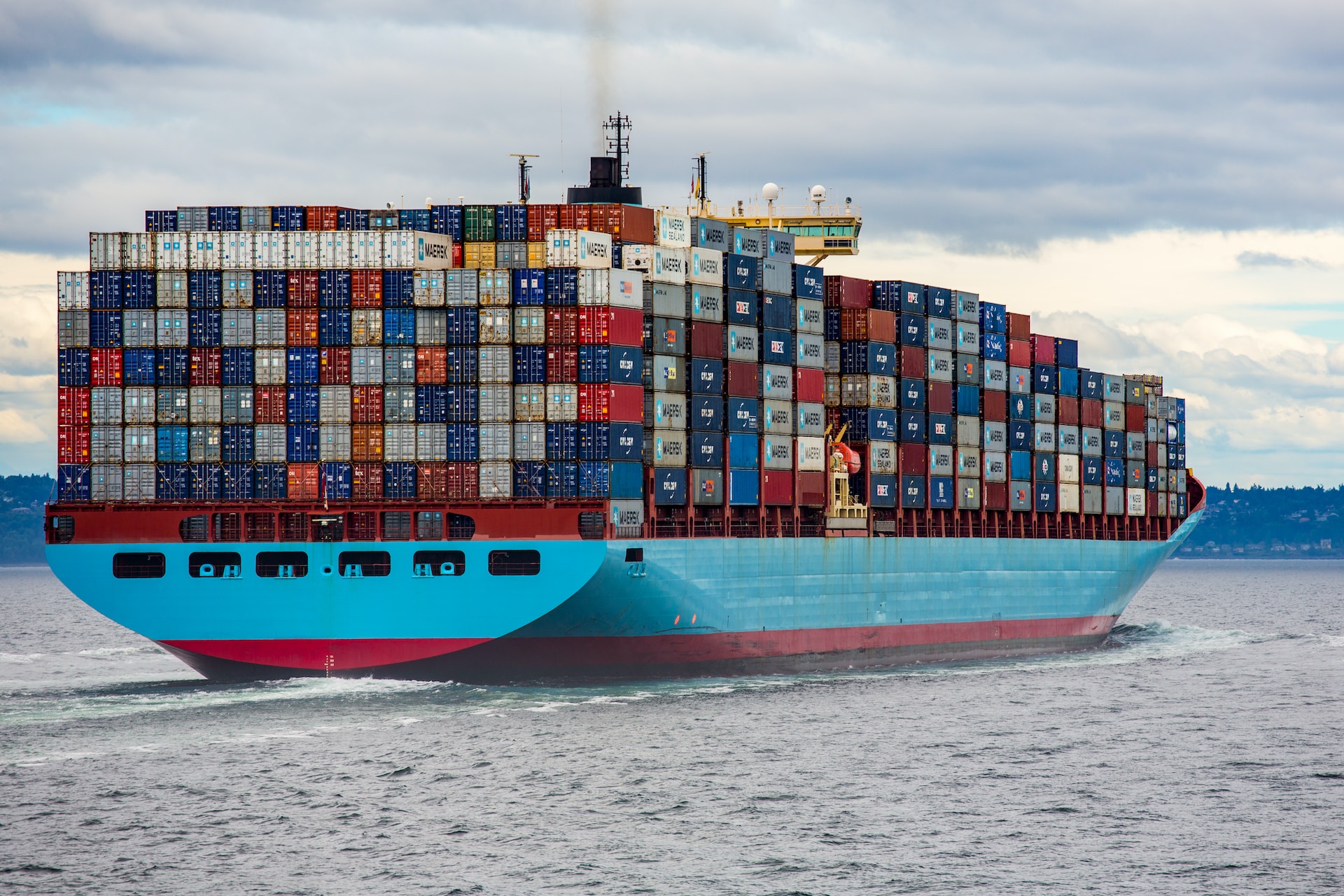
Source:Drewry
Drewry, the maritime industry analyst, predicts a dip in the global pool of shipping containers for the second consecutive year. The container equipment market is set to contract by 2.6% in 2023, with further shrinkage anticipated in 2024. This unsettling trend is attributed to a combination of factors, including soaring inflation levels dampening demand and escalating geopolitical uncertainties impacting investor confidence.
The last time the container pool experienced a year-on-year decline was during the global financial crisis, from 2008 to 2009, when the total number of containers in service dropped from 27.9 million twenty-foot equivalent units (mteu) to 26.9 mteu, marking a significant 3.7% decrease.

Oversupply Woes Hit 40ft High-Cube Segment
The most pronounced oversupply is observed in the 40ft high-cube segment, primarily due to its unprecedented demand in late 2020 and throughout 2021. This container type constituted over 85% of all dry freight containers produced in 2021, a year that witnessed a record production exceeding 6.6 mteu. The surplus in the 40ft high-cube containers is expected to persist until at least 2025 unless a swift turnaround in global trade dynamics occurs.
Purchasing Programs Curtail as Replacement Gains Momentum
Ocean carriers and leasing companies have significantly scaled back their container purchasing programs in 2023, with projections suggesting that they won’t acquire more than 1.1 mteu of new containers this year. A modest recovery is expected in 2024, driven by the replacement of aging containers, a trend set to gain momentum in 2025. This surge in replacement is tied to the massive container production between 2006 and 2008, totaling an estimated 9 mteu, which is now reaching the end of its trading life.
Future Outlook: Trade Recovery and Market Expansion
The anticipated recovery in container production from 2024 hinges on both a modest rebound in global trade and the continuous encroachment of container shipping into other freight transport sectors. The containerized mode is expected to make inroads into specialized reefer shipping, airfreight perishables, and take market share from roll-on/roll-off (ro-ro) and breakbulk vessels in the transportation of project and out-of-gauge cargo. This shift is poised to drive the demand for reefer and special dry freight containers like open-tops and flatracks.
Drewry estimates that, by 2027, the global container pool will experience a 7% increase from the levels observed in 2023. This projection is contingent on the industry’s ability to navigate the current challenges and adapt to evolving trade dynamics.
In conclusion, the maritime industry faces a challenging period marked by a shrinking container pool and evolving market dynamics. Industry players need to strategize and adapt to the changing landscape to ensure resilience in the face of uncertainties.
Source:Drewry

